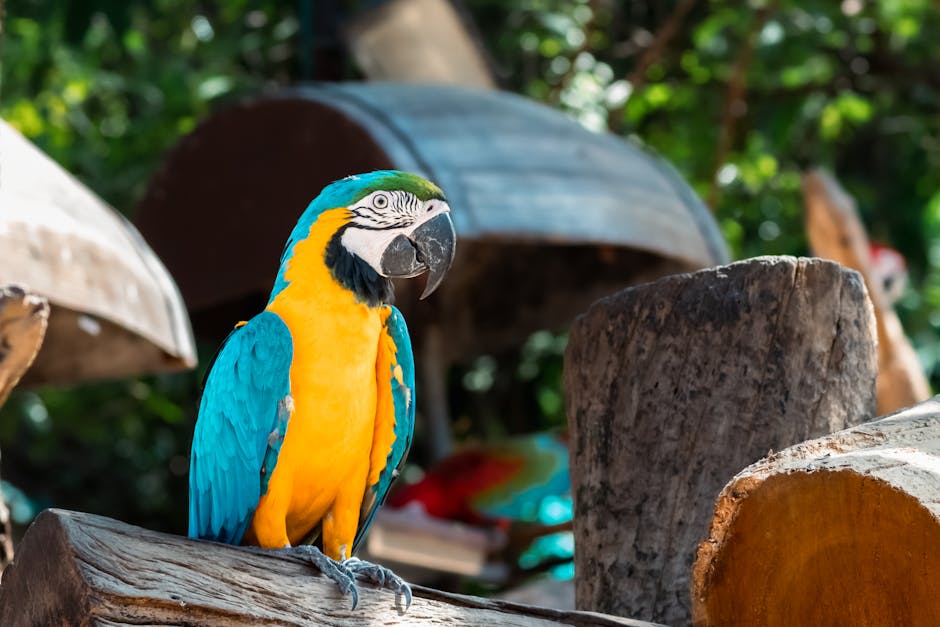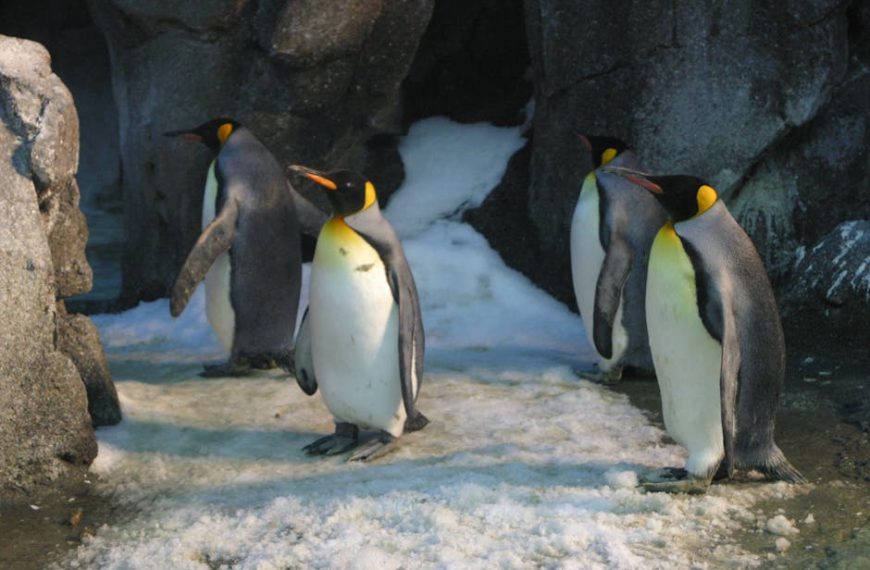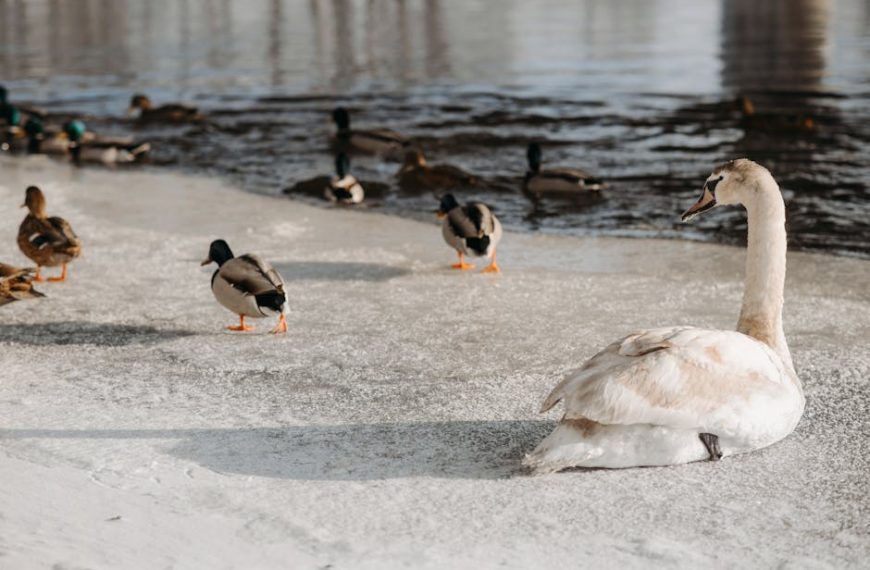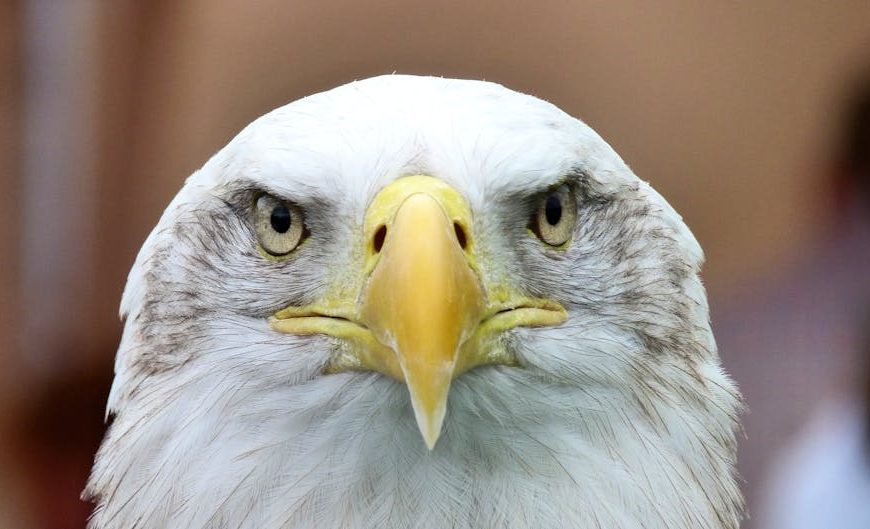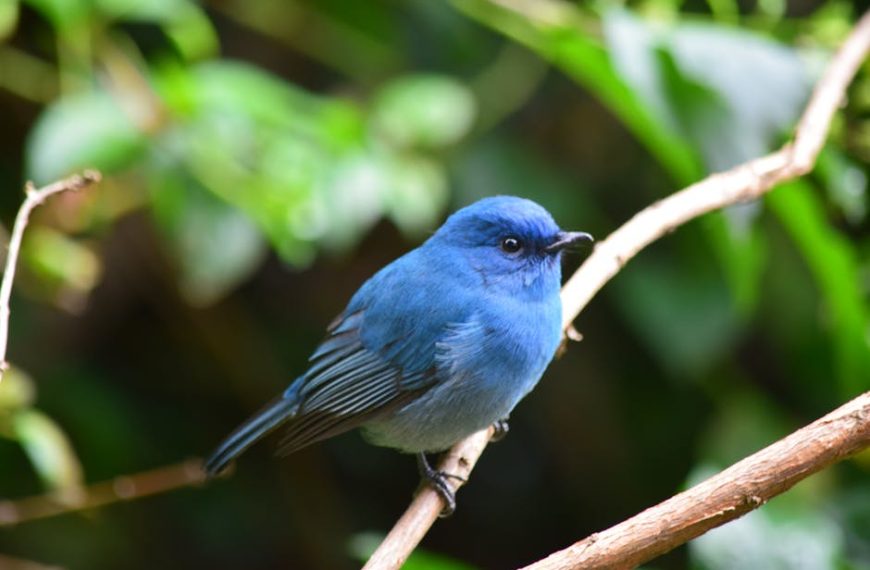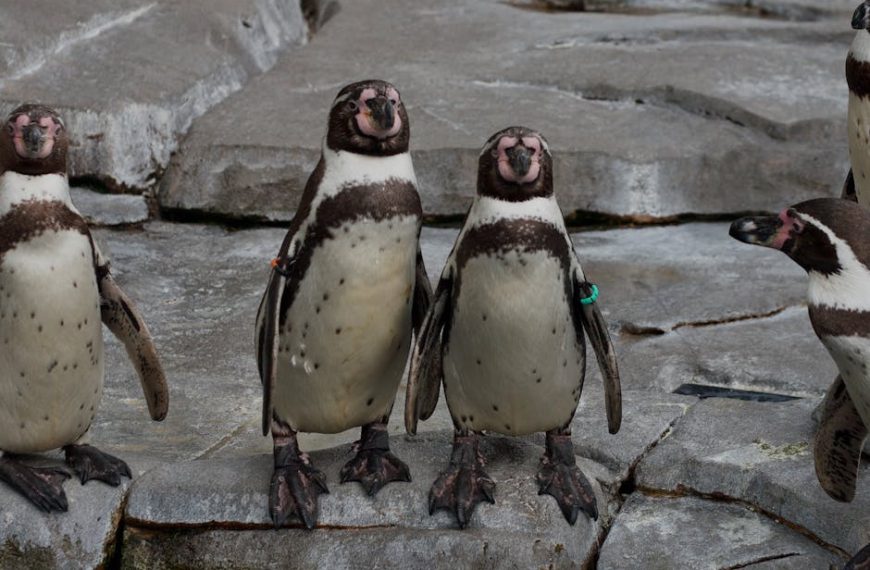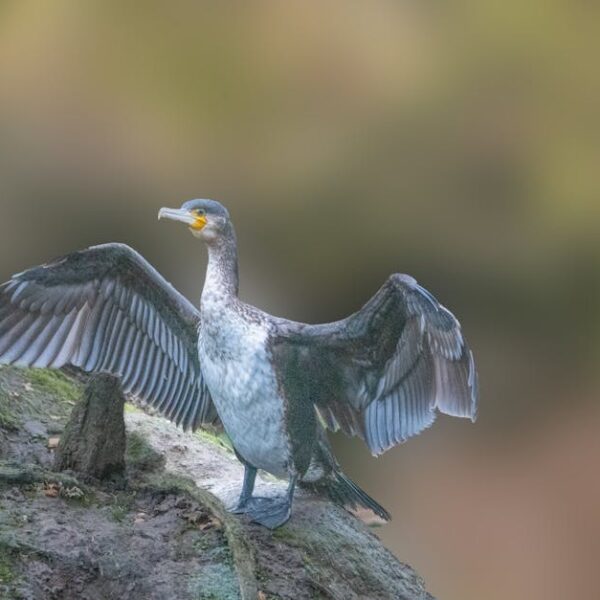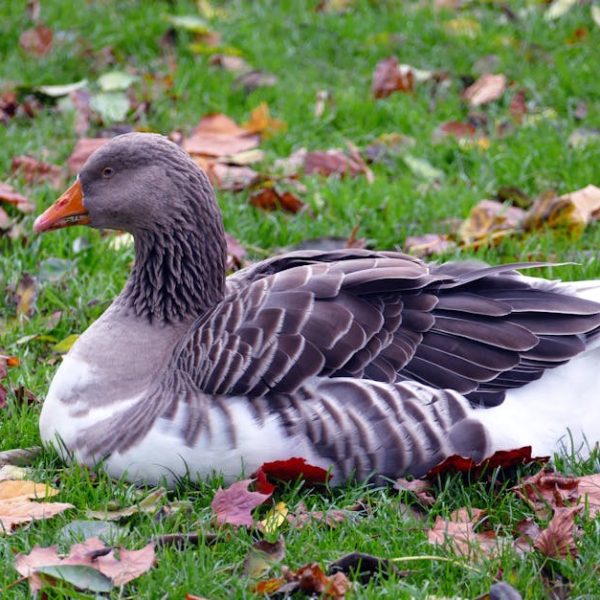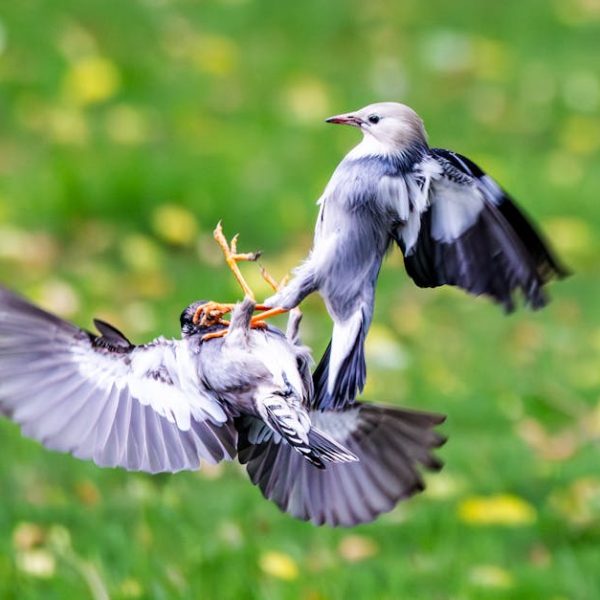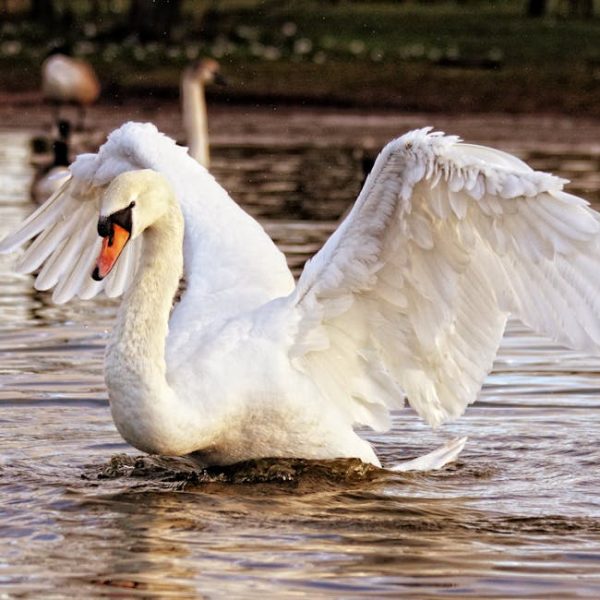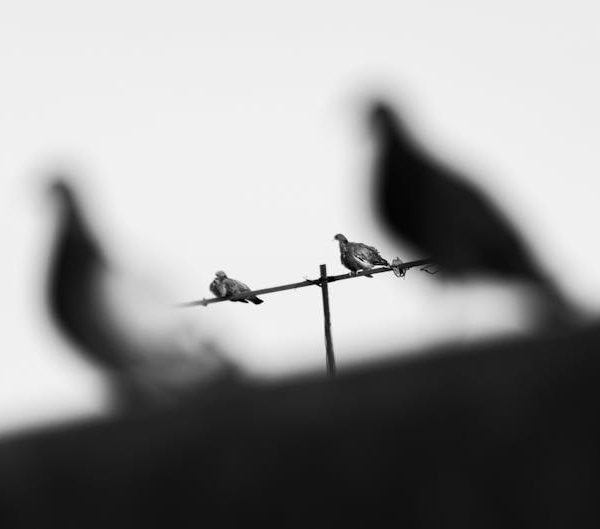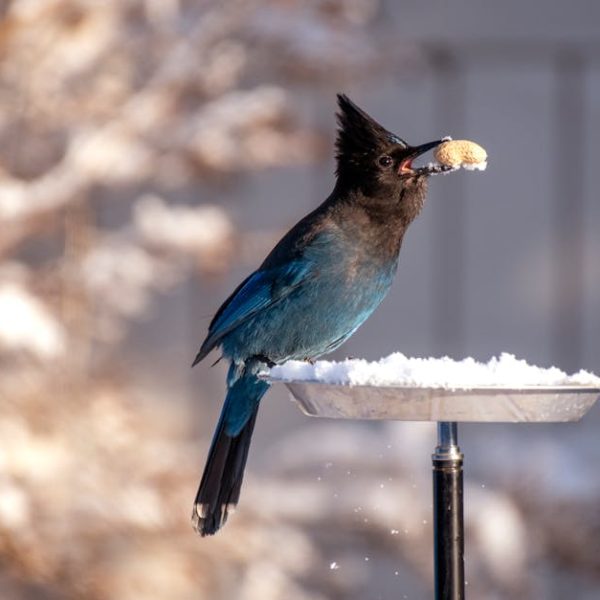If you’ve ever found yourself captivated by the vibrant plumage of a macaw or puzzled by the muted tones of a sparrow, you’re not alone. Bird coloration is a fascinating topic that taps into various scientific disciplines, including genetics, ecology, and even behavioral science. It dialogues the questions like ‘Why are some birds extravagantly colorful while others seem to revel in being inconspicuous?’. The intriguing array of bird colors we witness comes down to intricate biological processes, evolutionary tactics, and environmental influences.
The Science of Bird Colors
Birds don a rainbow of hues and patterns thanks to two fundamental sources: pigments and structural colors. These colors can either be organic, through pigments, or inorganic, via structural colors.
Pigments are chemicals that absorb certain wavelengths of light and reflect others, which translates into the colors our eyes perceive. There are three major types of pigments in birds: melanins (which produces blacks, browns, and some yellows), carotenoids (yellows, oranges, and reds), and porphyrins (reds, browns, and greens).
Structural colors, on the other hand, are produced by the microscopic physical structure of the feather itself. These structures can scatter light in specific ways to produce iridescent blues, greens, and other shimmering colors, often seen in hummingbirds and peacocks.
Bird coloration is deeply rooted in their genetics. It’s not just about which colors they bear but also how these colors are patterned on their bodies. For example, the African Paradise Flycatcher carries both genetic instructions for a chestnut color through pigments and a structural iridescent blue.
Pro Tip:
How do you identify a structural color in a bird? It’s quite simple: if the color changes or shifts as the bird or your perspective moves, it’s likely structural, as this shift in color is due to changes in how light interacts with the feather’s microscopic structure.
The Function of Color in Bird Behavior
Birds use their colors not just for aesthetics, but also to communicate and survive. For instance, male birds often flaunt vivid hues and extravagant plumages during mating season to attract females. A bright color is an indication of good health and excellent genetic material, throughout the animal kingdom.
Color also serves as an essential medium of communication among birds. It might be a signal of territorial claims or a warning to potential predators. The Red-winged Blackbird, for instance, displays its red patches on wings to signal territorial claims.
Spotting bird coloration and understanding its influence on their behavior might just give you an entirely new perspective on your next birdwatching venture.
Best Practices:
While observing bird coloration, it’ll be helpful to note the bird’s behavior, habitat, and the season. These factors can provide valuable context to understand the function of their coloration.
Bird coloration isn’t merely a spectacle to behold, but it’s a complex tale of their life, survival tactics, and legacy in the making. As we delve deeper into the subsequent sections, you’ll see how color plays a strategic role in different facets of their existence, from the environment they reside in to their defense mechanisms.
Environmental Influences on Bird Coloration
You might have noticed how birds from different regions display a medley of color patterns. This variety in coloration is no happy accident; it often corresponds to the specific habitat they thrive in.
Birds adapt their coloration according to their home turf. For example, in dense, darker forests where light is limited, birds habitually sport dull, darker hues like browns and blacks to blend in. In stark contrast, birds from open habitats with abundant light may shine in radiant, vibrant colors.
Climate can also wield a strong influence over bird coloration. Birds living in humid climatic conditions often develop brighter, more saturated colors, whereas the ones in arid climates tend to have pale, washed-out colors. This connection between climate and bird coloration can be because brighter colors might be less durable under high UV conditions present in drier climates.
And certainly, we can’t miss the birds’ dietary influences on their coloration. Carotenoid pigments, which contribute to the bright reds, oranges, and yellows in some species, are derived directly from specific diets. Consider flamingos: their signature pink hue is a direct result of feeding on brine shrimp and blue-green algae, rich in carotenoids.
Checklist: Elements influencing bird coloration
- Habitat: Forest-dwelling versus open-bird species.
- Climate: Humidity and UV exposure.
- Diet: Specific foods that might influence pigmentation.
Pro tip:
To detect color trends in bird species, try observing differences in plumage between birds across different habitats and climates. Look for clues in their diet by researching what they typically eat.
Camouflage to Protection: Defensive Use of Color in Birds
In the battle for survival, the ability to blend in can be the most formidable weapon. Bird coloration greatly aids in this by providing exceptional camouflage capabilities.
Many bird species have evolved to match the colors of their environment. For instance, Arctic Terns, with their white-and-grey feathers, blend remarkably with snowy landscapes. Meanwhile, forest owls blend impeccably with tree barks.
In addition, some birds possess aposematic or warning coloration. These loud, vibrant colors essentially serve as a danger sign to predators that the bird might be poisonous or taste bad. The Hooded Pitohui, known for its striking black and orange plumage, is one such example. It is one of the few known birds to be toxic.
List:
- Bird species known for amazing camouflage: Arctic Terns, Forest Owls, Nightjars, and Ptarmigans.
- Birds with warning coloration: Hooded Pitohui and the Eastern Coral Snake Mimic.
Evolution and Future of Bird Coloration
Bird coloration has evolved strikingly over millions of years as a result of adaptation to environments, sexual selection, and survival strategies. However, as we face global changes, the future of bird coloration might be under threat.
Climate change and habitat destruction, in particular, pose significant concerns for bird color diversity. Various studies indicate that global warming could lead to more intense and saturated bird colors as birds adapt to warmer climates. However, the rapid pace of climate change might pose a challenge for birds to adapt fast enough.
Human activity such as pollution and use of pesticides directly affects birds, leading to color change. Pesticides, for example, can hinder the absorption of carotenoids, affecting the vibrant reds and oranges in birds.
Pros and Cons
- Pros: None. Human-induced changes in bird coloration are largely harmful.
- Cons: Rapid climate change, habitat destruction, and toxicity from pollutants and pesticides threaten the diversity of bird coloration.
Best Practice:
To preserve the incredible diversity of bird coloration, it’s essential for us to engage in responsible, sustainable practices. This includes supporting conservation efforts, reducing our carbon footprint, and cutting down the use of pollutants. Together, we can ensure the sustained brilliance of our avian friends’ vivid tapestry.
Key Takeaway:
- Birds get their color from two primary sources, pigments and structural colors, which result from the absorbing and reflecting of different light wavelengths and the microscopic physical structure of the feather, respectively.
- The coloration in birds serves many functions such as aiding in mating rituals, signaling health, communicating, and providing protection from predators through camouflage or warning colors.
- Environmental factors such as habitat, climate, and diet significantly influence bird coloration.
- Bird coloration has been subject to evolution over time, but future changes in bird coloration are threatened by factors such as climate change, habitat destruction, and human activities like pollution and pesticide use.
Your fascination with feathered friends is a wonderful entry point into the untold layers of science, ecology, genetics, and behavior. This journey can enrich your birdwatching experiences, sharpen your observational skills and elicit a deep-seated admiration and respect for our avian cohabitants. Remember to embrace conscious, sustainable habits to protect the vibrant feather tapestry we share this world with.
FAQs
Q: Can changes in a bird’s diet affect its color?
A: Absolutely. Certain bird colors, particularly reds, oranges, and yellows, are derived from carotenoids in their diet. A change in diet can result in noticeable alterations in these colors.
Q: Will birds adapt quickly enough to climate change?
A: The rapid pace of climate change poses significant challenges for bird adaptation. While birds have adapted to climatic shifts over time, the concern is whether they can keep pace with the accelerated changes we are currently witnessing.
Q: What role do human activities play in influencing bird coloration?
A: Human activities, especially pollution and use of pesticides, can dramatically affect bird coloration. These factors can interfere with pigment absorption, leading to color changes.
Q: How does camouflage aid in the survival of birds?
A: Camouflage allows birds to blend into their environment, making them less observable to predators. This survival strategy can greatly enhance their life expectancy.
Q: Is bird coloration only controlled by genetic factors?
A: While genetics play a crucial role in bird coloration, it’s not the only factor. Environmental elements like habitat, climate, and diet also impart significant influence on bird colors.
Enjoyed the read? Feel free to share this article with friends and remember to explore more enriching posts on our website!
